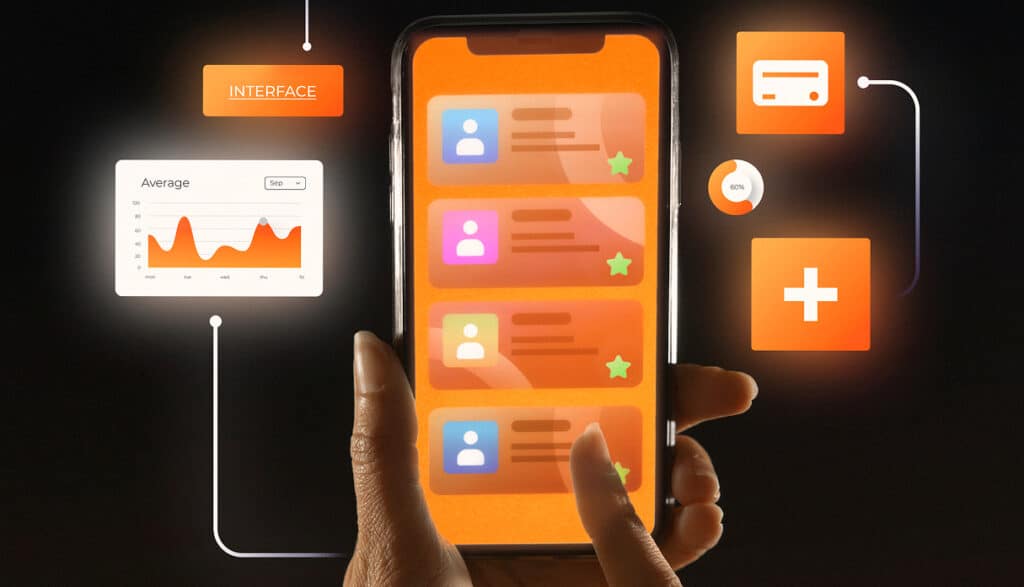In the fast-paced marketing world, uncertainty can spell disaster. Creative leads, marketing directors, and other decision-makers strive for strategies that deliver measurable outcomes without the guesswork. Traditional retainer-based models, however, often feel like a gamble: you pay a flat fee, get a set of deliverables, and hope they align perfectly with your evolving goals.
With hour-based marketing models gaining traction, this dynamic is changing. Offering transparency, flexibility, and real-time insights, hour-based subscriptions—like those provided by Savage Global Marketing—replace chaos with clarity. According to Deloitte, agile marketing approaches have been linked to higher efficiency and stronger ROI. The hour-based model is the practical embodiment of this principle, giving marketing leaders a system that’s easier to manage and tailor to their unique objectives.

The Problem with Traditional Retainers
The retainer model might have worked when campaigns were simpler or when brands focused on a few static channels. But times have changed. Now, marketing strategies span everything from influencer outreach and TikTok videos to personalized email funnels and high-level content marketing. Fixed retainers cannot easily accommodate these fluid needs. You might want to pivot to a new social platform or invest more resources into high-converting ad campaigns, but you’re stuck with a preset scope that doesn’t bend.
This rigidity leads to frustration and missed opportunities. Without the freedom to reallocate budget and hours when needed, marketing teams risk falling behind competitors who move faster and smarter.
Hour-Based Marketing: A Flexible Framework
Hour-based marketing flips the script. Instead of paying for a static set of services, you invest in hours. Each hour can be spent on whatever task yields the greatest return—be it rewriting landing pages, redesigning ad creatives, or experimenting with a new content strategy. If you decide mid-quarter to launch a campaign targeting a niche audience identified by your analytics, simply direct your hours there.
Transparency is a core benefit here. With a platform like Lionshare.app, you see exactly how your hours are allocated. Are 10 hours going to influencer research? Another 15 to PPC keyword optimization? Instead of vague updates, you have a clear ledger of time spent and deliverables achieved. This visibility allows marketing leaders to steer the ship confidently, knowing the crew’s tasks and goals at all times.
Real-Time Adjustments and Data-Driven Decisions
Under hour-based models, data isn’t just a KPI report you glance at monthly—it’s a living, breathing metric that influences everyday decisions. Let’s say your analytics reveal that Instagram ads are outperforming Facebook ads by a wide margin. In a traditional model, shifting more resources toward Instagram might require waiting for a new contract cycle or renegotiating terms. With hour-based billing, you can pivot immediately, pulling hours away from underperforming channels and redirecting them to the tactics that drive results.
A HubSpot survey found that 61% of marketers struggle to access the necessary metrics to prove ROI. Hour-based systems tackle this challenge head-on. By knowing where hours go and linking them to campaign outcomes, marketing leaders can correlate resource allocation with performance metrics directly. Over time, this builds a robust feedback loop: your best decisions become evident in the data, guiding future strategies.
Building Trust with Stakeholders
Marketing leaders often answer to CEOs, CFOs, or boards who demand transparency and accountability. Hour-based models position you to provide just that. When stakeholders ask, “How are we spending our marketing budget?” you can furnish detailed breakdowns of hours and associated results. This clarity strengthens trust and makes conversations around budget allocation more constructive and less combative.
Additionally, the agency-client relationship improves. Agencies benefit from showcasing their work more transparently, and clients gain confidence in knowing exactly what they’re paying for. This mutual understanding fosters long-term partnerships that are genuinely collaborative rather than transactional.

Optimizing for Sustainability and Growth
Hour-based marketing subscriptions also support sustainable growth. As your business expands, your marketing strategy can evolve without friction. Maybe you start with a modest subscription, allocating a set number of hours each month. Over time, as campaigns scale and your brand presence grows, you can increase hours to match demand. This incremental growth ensures that your marketing efforts remain cost-effective and ROI-focused.
A luxury brand client of ours once struggled with a rigid retainer that offered limited transparency. After switching to an hour-based subscription, they reallocated 20% of their monthly hours to emerging social channels that quickly proved lucrative. Within a quarter, they saw a 2x ROI improvement. This success story exemplifies the dynamic potential of hour-based marketing for businesses of all sizes and sectors.
For creative leads, marketing directors, and strategy heads, the hour-based model marks a new era of flexibility and accountability. By allowing immediate pivots, providing crystal-clear visibility, and aligning resource allocation with real-time performance data, it empowers leaders to transform chaos into clarity. In a marketing landscape that rewards agility and insight, this approach isn’t just a trend—it’s a strategic advantage you can’t afford to ignore.


